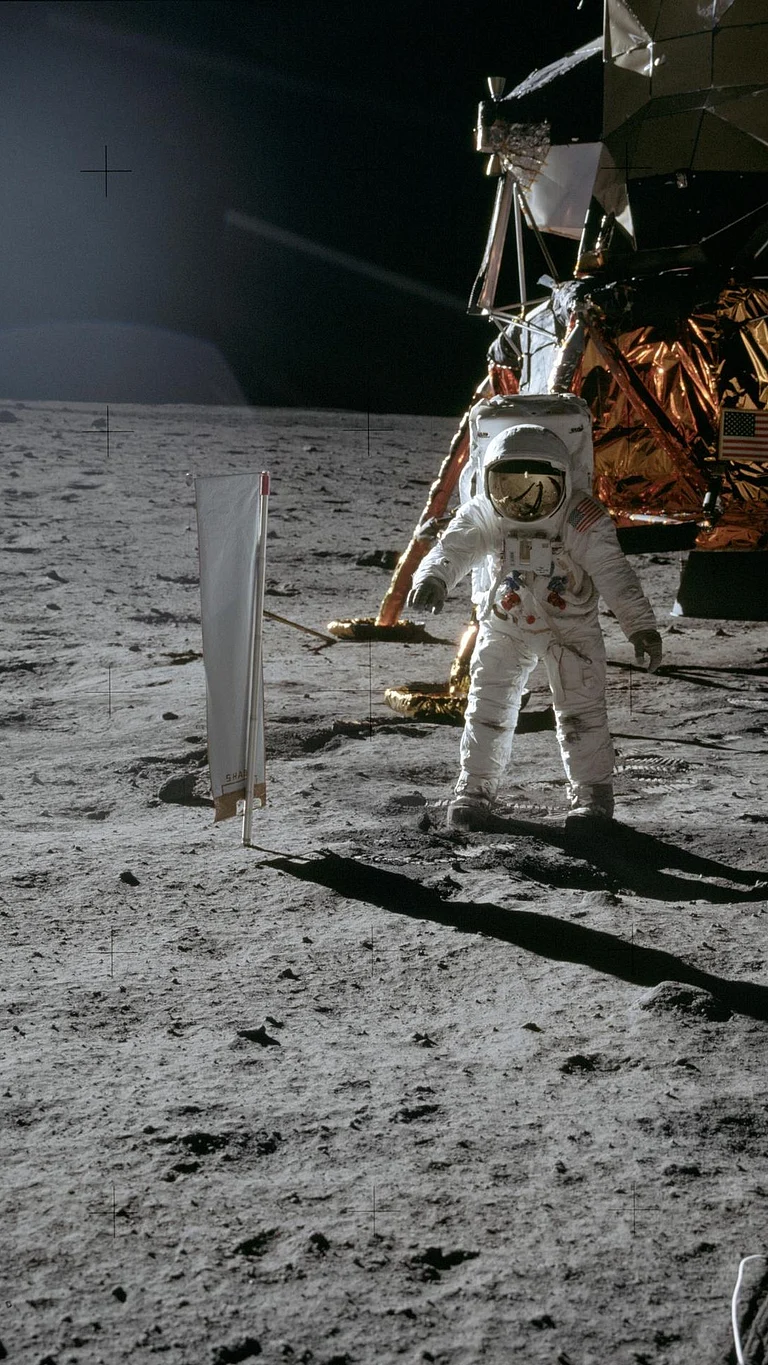Earth is about to gain a second moon! A "mini-moon" named 2024 PT5 is a small asteroid that will temporarily orbit our planet for about two months without the risk of collision. According to a study published in the Research Notes of the American Astronomical Society, the asteroid will be captured by Earth's gravity until November.
Earth To Gain A 'Second Moon'! Mini-Moon Asteroid 2024 PT5 Set For Temporary Orbit | Key Facts
Earth is set to welcome a temporary new companion, a mini-moon named 2024 PT5, which will orbit our planet for about two months. This intriguing asteroid, discovered recently, offers insights into our celestial neighborhood and the dynamics of near-Earth objects. Here are some key facts.
Discovered by the Asteroid Terrestrial-Impact Last Alert System (ATLAS) on August 7, 2024 PT5 will orbit Earth from September 29 to November 25 before escaping its gravitational influence.
Astronomers describe this event as a “temporarily captured flyby.” Its orbit is similar to Earth's, and calculations predict that the asteroid will return to orbit our planet in January 2025 and again in 2055.
Previous Instances Of Earth Gaining ‘Mini-Moons’
The asteroid 2006 RH120 orbited Earth for a full year, from July 2006 to July 2007.
In 2020, a mini-moon was discovered, later identified as a piece of space junk—a rocket booster from the 1966 Surveyor 2 Centaur launch.
The asteroid 2022 NX1 became a mini-moon in 1981 and again in 2022, with another return expected in 2051.
Some researchers believe this phenomenon is so regular that Earth may always have a mini-moon orbiting nearby.
What Is A Mini-Moon And Is It Common For Earth To Attract These?
According to the research paper, Earth can periodically capture asteroids from the Near-Earth Object (NEO) population, pulling them into orbit and transforming them into "mini-moons."
Research categorizes mini-moons into two types: “temporary captured orbiters,” which can remain in Earth’s orbit for months or even years, completing one or more revolutions, and “temporary captured flybys,” like the upcoming mini-moon, which do not complete a full orbit and stay for a very brief period.
NASA classifies any space object within about 120 million miles (190 million kms) of Earth as a "near-Earth object," while larger objects within 4.7 million miles (7.5 million kms) are deemed "potentially hazardous."
The researchers pointed out that the recently discovered Apollo-class NEO 2024 PT5 follows a path similar to 2022 NX1 and may soon become a mini-moon.
According to Paul Chodas, director of the Center for Near Earth Object Studies at NASA’s Jet Propulsion Laboratory, 2024 PT5 may be a fragment ejected from the Moon due to an impact, suggesting that this mini-moon could have originated from the Moon itself, as reported by the New York Times.
NASA tracks approximately 28,000 asteroids through ATLAS, a network of four telescopes that scans the entire night sky every 24 hours.
Can We See 2024 PT5 With The Naked Eye?
Although the asteroid will have a close flyby of Earth lasting 57 days, it will be hard to spot because it measures just 33 feet (10 meters) wide. According to NASA, 2024 PT5 has an absolute magnitude of 27.593, making it too faint to be detected, even with a telescope.
For reference, the faintest objects visible to the naked eye at night have a magnitude of around 6.5, and a 12-inch telescope can detect objects with magnitudes of about 16 or 17. This means that amateur astronomers won’t be able to observe 2024 PT5, as a significantly more powerful telescope would be necessary.
Does The Asteroid Pose A Collision Risk?
NASA has projected the trajectories of all near-Earth objects well into the next century, indicating that Earth faces only a minimal risk of a catastrophic asteroid collision for at least the next 100 years.
The new study suggests that 2024 PT5 likely originated from the Arjuna asteroid belt—a collection of diverse space rocks that orbit the sun near our planet. Because its orbit closely aligns with Earth's, calculations show that the asteroid will return to orbit our planet in January 2025 and again in 2055.
Mini-moons aren't merely interesting to asteroid enthusiasts; research indicates that these rocks contain valuable minerals and water that could be utilized for rocket fuel, making them ideal "stepping stones" for companies looking to mine asteroids.

